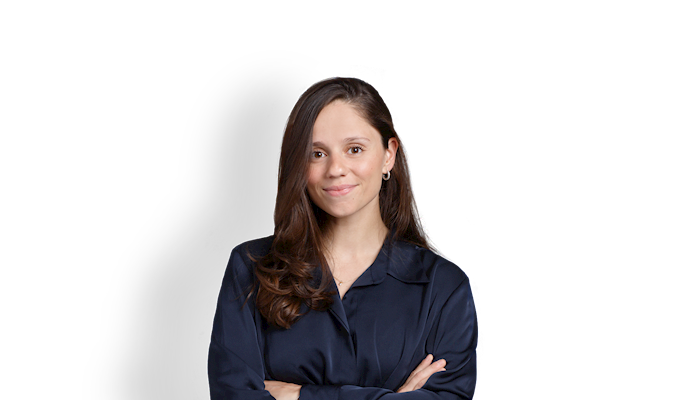As of January 1, 2016, the Commission des lésions professionnelles (the "CLP") and the Commission des relations du travail (the "CRT") were merged to form the Tribunal administratif du travail (the "TAT") (in English: the "Administrative Labour Tribunal" (the "ALT")). The ALT therefore now exercises the powers of those commissions through its four divisions: the Labour Relations Division, the Occupational Health and Safety Division, the Construction and Professional Qualification Division and the Essential Services Division.
The ALT is governed by its own rules of evidence and procedure which are distinct from those set forth under the Code of Civil Procedure, but remain largely inspired by them. While awaiting adoption of the ALT regulation, the rules of evidence and procedure of the CLP and the CRT remained applicable to the ALT on a provisional basis. Finally, on May 4, 2017, the Rules of Evidence and Procedure of the Administrative Labour Tribunal (the "Rules") came into force. The Rules include general provisions, as well as special provisions applicable to each of the ALT's divisions.
According to the ALT, these new rules have been designed to harmonize and, in particular, to simplify the rules of procedure. Indeed, the first article of the Rules explains that their purpose is "… to ensure the simple, flexible and prompt processing of applications, particularly with the cooperation of the parties and their representatives and the use of available technological means by the parties and the Tribunal…"
What is New?
The following articles of the Rules are either new or are markedly different than what had previously existed under the rules applicable to the CLP and the CRT:
- The written proceedings and the presentation of evidence must be proportionate to the nature and complexity of the matter1.
- Any proceeding must be instituted by a written application. The application instituting the proceeding must be accompanied by a summary of the facts and conclusions sought, as well as the contested decision, when required2.
- The filing of any document may be done by any means compatible with the ALT's technological environment. The ALT's website lists those technological means that are used by the ALT, as well as the technical conditions specific to their use3.
- The ALT may require a party to explain or clarify its arguments in writing or require that the party file any document within a specific time period prior to the hearing. The ALT may also require the list of witnesses that a party intends to call at the hearing, as well as a summary of their testimony4.
- If that requirement is not met, the ALT may render its decision accordingly, without further notice or delay5.
- For matters falling under ALT's Health and Safety Division (formerly the "CSST"), written proceedings and evidence must be filed with the ALT, which will send them to the other parties more than 15 days before the date set for the hearing6.
- For matters falling under the other Divisions of the ALT, a party that files written proceedings or any other document with the ALT will be responsible for sending these documents to the other parties7.
- An expert report must be filed in the record of the ALT at least 30 days before the date set for the hearing. The ALT may, however, authorize the filing of such a report within any other time period it decides and on the conditions it determines8.
- A subpoena requiring a witness to appear before the ALT must be notified at least 10 days prior to the date of appearance. The ALT may, however, reduce that notification period, in the interest of justice9.
There is no doubt the new Rules imposed by the ALT will oblige the parties to formalize their evidence and their procedure. On the other hand, we expect that these Rules will increase the efficiency and flexibility of hearing, by granting the ALT broader powers over case management. In particular, the rule of proportionality will provide the ALT with more room to manoeuvre with regards to proceedings and the administration of the evidence. For example, the parties could see their number of witnesses reduced if the ALT deems that advisable.
Furthermore, the Rules should reduce the number of surprises when the hearing takes place. For example, the new requirement for clarity in the application instituting the proceedings as to the facts and conclusions sought will oblige the parties to disclose their allegations at the outset and to structure their arguments. That will be especially helpful in the case of psychological harassment complaints, where the allegations are often vague and are disclosed only very late in the process.
In summary, the Rules should have a positive impact on the judicial process in labour and employment matters and in occupational health and safety matters. These Rules will permit the standardization of procedure and evidence in the different divisions of the ALT, with a view towards improving efficiency. We hope that this new structure will reduce the number of hearing days and even facilitate the settlement of claims. 1 Sect. 2. 2 Sect. 3. 3 Sect. 5. 4 Sect. 6. 5 Sect. 7. 6 Sect. 10. 7 Sect. 11. 8 Sect. 15. 9 Sect. 19.


